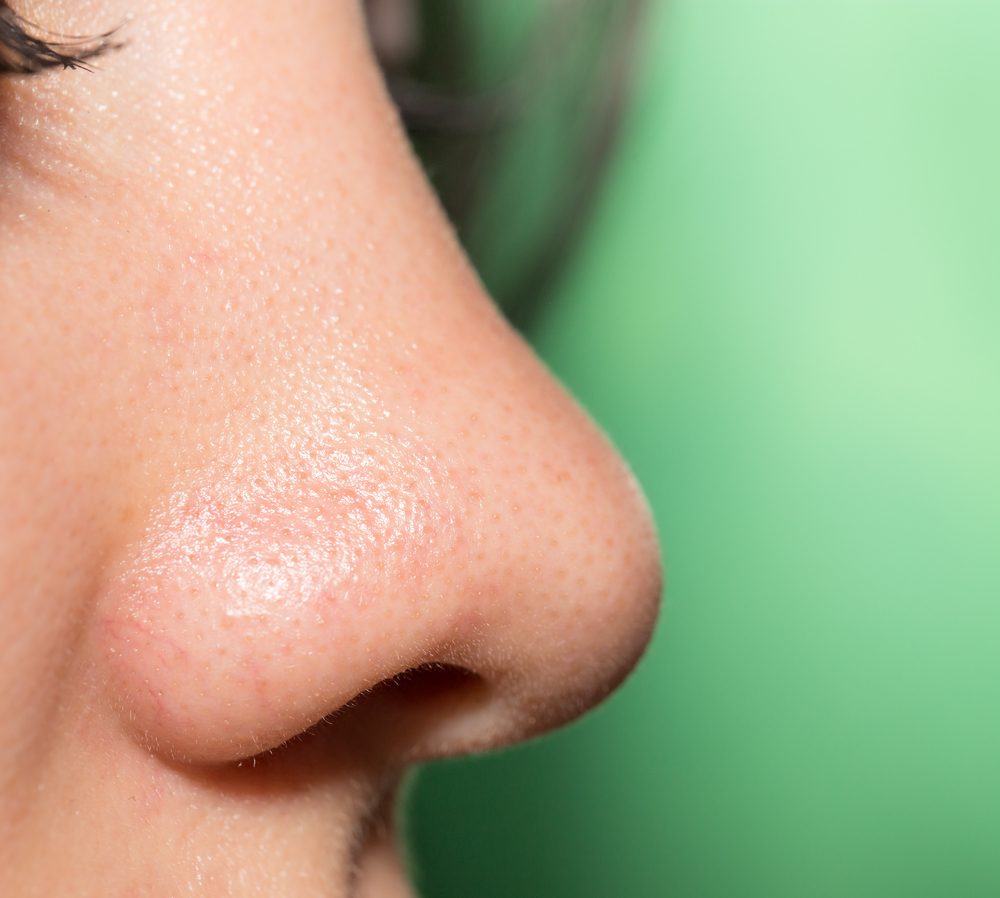Nasal Cells Could Predict Response to CFTR-targeted Therapies, New Study Finds
Written by |

Researchers at the University of Alabama at Birmingham (UAB) and the University of North Carolina at Chapel Hill (UNC) have developed a new method that can quickly and easily predict which treatment is more suited for each cystic fibrosis (CF) patient.
Their study, “Nasospheroids permit measurements of CFTR-dependent fluid transport,” which appeared in the Journal of Clinical Investigation Insight, opens up new possibilities for personalized and individualized medicine for this patient population.
Past advances have given CF patients improved therapies that improve and prolong their lives. However, CF is a complex disease linked to more than 2,000 genetic mutations in the sequence of the CFTR gene.
The specific combination of genetic mutations patients carry defines not only the severity of their condition, but also how they respond to therapy. This complexity turns CF into a treatment challenge.
Finding the best CF treatment regimen is often a matter of trial and error, utilizing all available therapies. However this is not feasible due to the time such an approach takes and the high costs associated with this process, not to mention potential side effects .
To date, the only way to predict a patient’s response to treatment is by collecting a sample of rectal tissue, followed by time-consuming and complicated laboratory manipulation and analysis.
A team of researchers led by Dr. Martina Gentzsch, an associate professor of cell biology and physiology at UNC, developed an easier and less invasive method to evaluate treatment effectiveness in CF patients.
While working on an unrelated project, the team observed that cells collected from inside the nose could form small spheres that store fluids inside. Since CF symptoms are to a great extent caused by lack of hydration and communication between cells, researchers hypothesized that these nasospheroids could be a good model to study CF.
“[Collection of cells from the nose] is a relatively simple procedure that doesn’t require any anesthesia and uses a brush that costs a few dollars,” Gentzsch said in a UNC news release. “The spheroids form quickly in just a few days without much manipulation.”
When the team exposed the small spheres to different CFTR modulator medicines, they found that the balls would shrink if they could release the fluid stored inside, or they would remain the same size if the drug had no effect.
“When CFTR is turned on, the balls shrink down — mediated by the transport of salt and water — and we can quantify that by measuring the size of the balls,” said Dr. Jennifer Guimbellot, assistant professor of pediatrics at UAB and first author of the study.
Based on these preliminary results, researchers believe that nasospheroids could represent a reliable alternative way to test CFTR therapies. Unlike the current method, this new approach allows drugs to interact with the right type of cells, without any major manipulation protocols.
“It has many advantages, not only because patients should be able to get results really quickly, but also because our model is much more accessible to drugs for testing than the other existing models,” said Gentzsch, adding that more studies are still needed to evaluate the new model’s effectiveness and its predictive potential for real clinical outcomes.
This study was supported by the North Carolina Translational and Clinical Sciences Institute, the Cystic Fibrosis Foundation, a Kaul Pediatric Research Institute Pilot Award and the National Institutes of Health.






